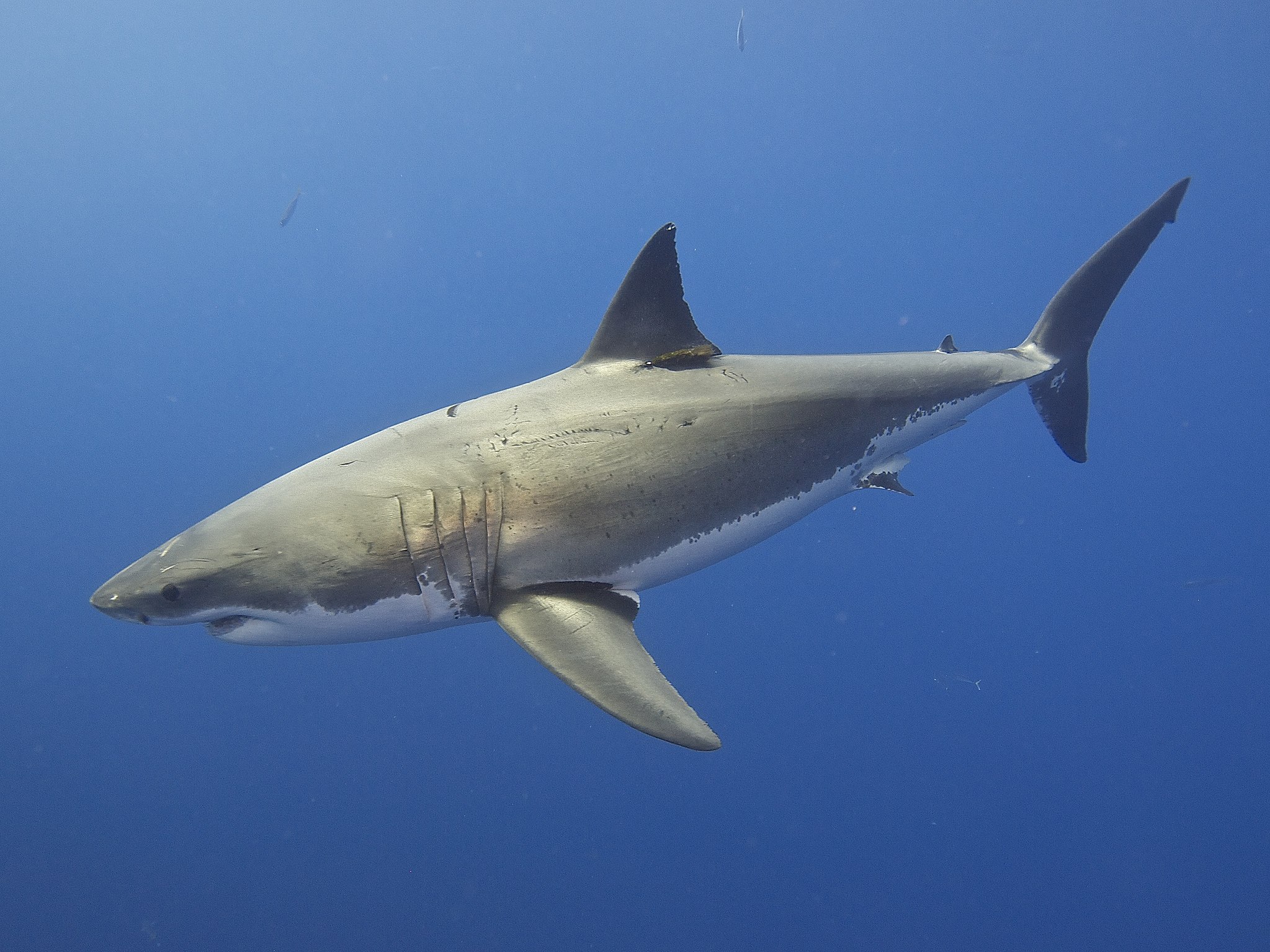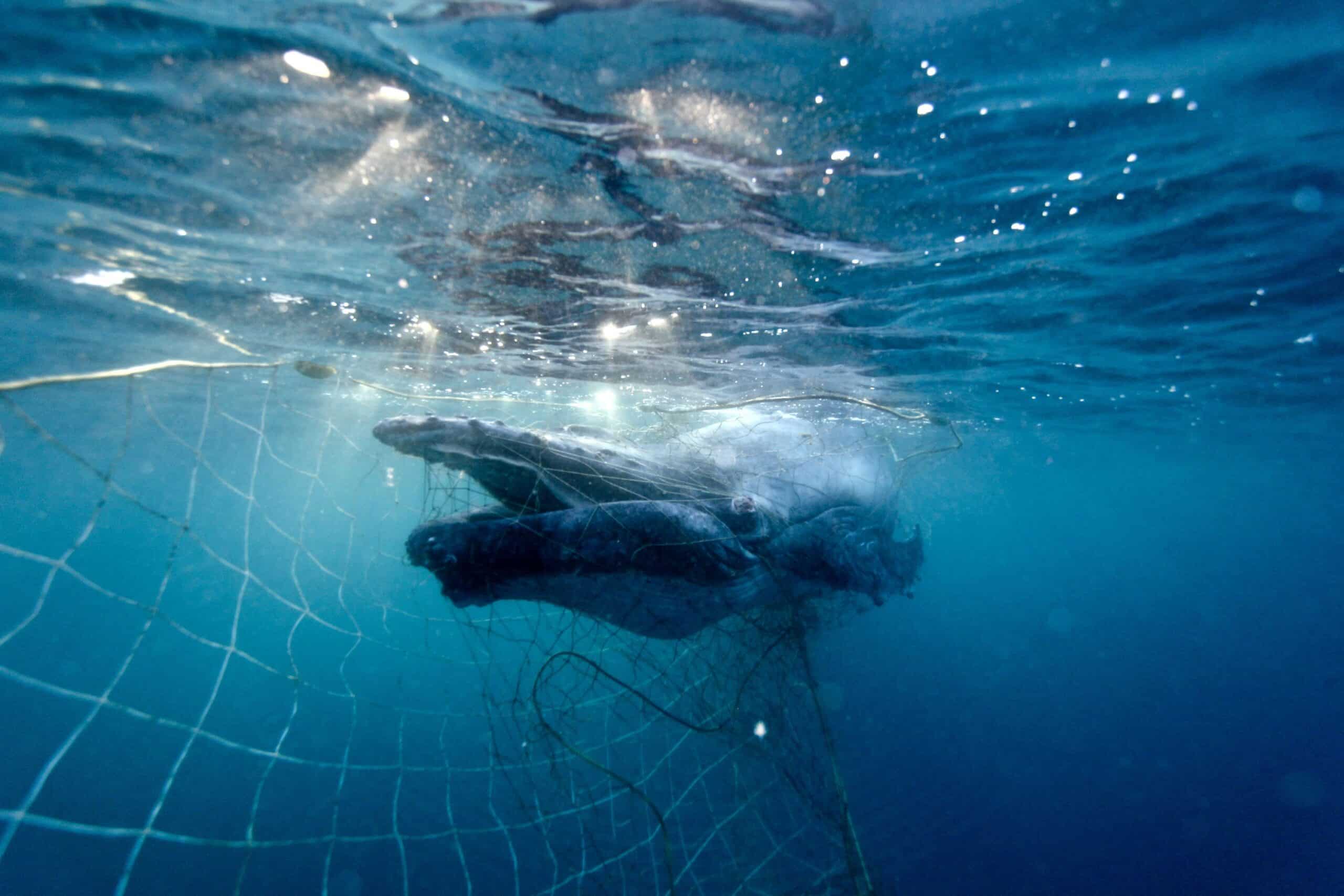Research shows that Australia’s great white sharks are highly related to each other and may consist of fewer than 500 breeding animals. SYDNEY, 24 June 2025: Latest research has found Australia’s great white shark population is much smaller than expected, increasing their vulnerability to further population threats. The population...
Human-wildlife coexistence is a focus of Humane Society International Australia’s wildlife campaigns. Coexistence means to exist together, to share landscapes and behave in ways that are mutually respectful and peaceful.
Coexistence aims to balance costs and benefits such as reducing negative interactions (conflict) and increasing positive interactions between humans and wildlife. Our current wildlife campaigns on flying-foxes, dingoes and sharks aim to catalyse action to transition from human-wildlife conflict effectively and humanely towards coexistence that provides positive solutions for people, wildlife and nature.
Globally, human-wildlife conflict causes wildlife suffering, extinction, and loss of biodiversity and environmental degradation. Conflicts can have a high human cost in terms of injury and death and impacts on food and livelihood security. With the fate of humans and wildlife so interlinked, there is an urgent need to usher in a new era of coexistence.
In December 2022 the UN Biodiversity Conference (COP15) was held in Montreal. A landmark decision was reached by almost 200 countries to halt and reverse biodiversity loss by 2030. Countries pledged to protect at least 30% of terrestrial and marine areas, while also recognising Indigenous and traditional territories.
The critical decisions to protect biodiversity reached at COP15 were documented in the Kunming-Montreal Global Biodiversity Framework (GBF) that contains four goals and 23 action-oriented targets to be achieved by 2030.
Target four aims to ensure urgent management actions to halt human induced extinction of threatened species and for the recovery and conservation of species. The second part of this target was an explicit recognition of the urgent need to effectively manage human-wildlife interactions to minimise human-wildlife conflict for coexistence.
This is the first time that a consideration of human wildlife conflict and coexistence was included in the Convention of Biological Diversity and is a big step forward as governments around the world are now committed to ensuring human wildlife coexistence.
In Australia HSI works to foster coexistence between humans and highly persecuted species including dingoes, flying-foxes and sharks with the following strategies.
Living with Flying-foxes
Flying-foxes, also known as fruit bats, are intelligent mammals with complex social lives. Flying-foxes are pollinators that are critical to the survival of Australian forests. Yet, flying-foxes negatively impact farmer livelihoods when they consume fruits grown in orchards. In New South Wales, HSI was instrumental in securing government assistance for fruit farmers to subsidise the cost of wildlife friendly exclusion netting. The netting provides a physical barrier that is more effectively mitigates crop damage from fruit eating bats and birds than shooting. HSI is looking to replicate the success of this program by working with government departments in Queensland to support farmers to install netting and phase out permits to shoot flying-foxes.
Reducing conflicts with livestock graziers and dingoes
Extensive livestock grazing occurs across Australia, often overlapping areas where dingoes live. Within these shared landscapes tensions can occur between grazing communities and dingoes that can prey on unguarded livestock. Sadly, attempting to reduce predation loss often involves killing dingoes using traps, shooting or poisoned baits. HSI has extensively researched effective tools and practices to proactively reduce dingo predation on livestock while capitalising on the benefits of dingoes to reduce grazing competition from wild herbivores and contributing to healthy ecosystems. This information will soon be available in our new guidebook about Predator Smart Farming that combines knowledge from graziers with the latest science on dingo ecology and behaviour and tools and methods to effectively protect livestock from predation, increase livestock resilience and live with dingoes. Examples include livestock guardian animals, predator deterrents, herding and livestock husbandry.
Living with sharks
Sharks are essential to the health of the ocean. Sharks have long been vilified in popular culture as monsters and enemies of mankind. Media sensationalism of shark bites have led to the implementation of lethal control programs that aim to reduce the risk of shark bite by culling shark populations. New South Wales and Queensland operate shark control programs that kill hundreds of marine animals every year. Yet there are better ways to reduce the risk without killing sharks and other marine wildlife. HSI is committed to ending these lethal programs in favour of new, non-lethal technologies that can effectively reduce the risk of shark bite without killing marine life. Drone surveillance, personal shark deterrents, and alert systems are proven and already in use to replace the archaic and cruel nets and drumlines.
Humane Society International Australia is an animal welfare and conservation organisation. We envision a world where people treat animals and nature with respect and compassion, coexistence with wildlife is a fundamental pathway to achieve this vision.


